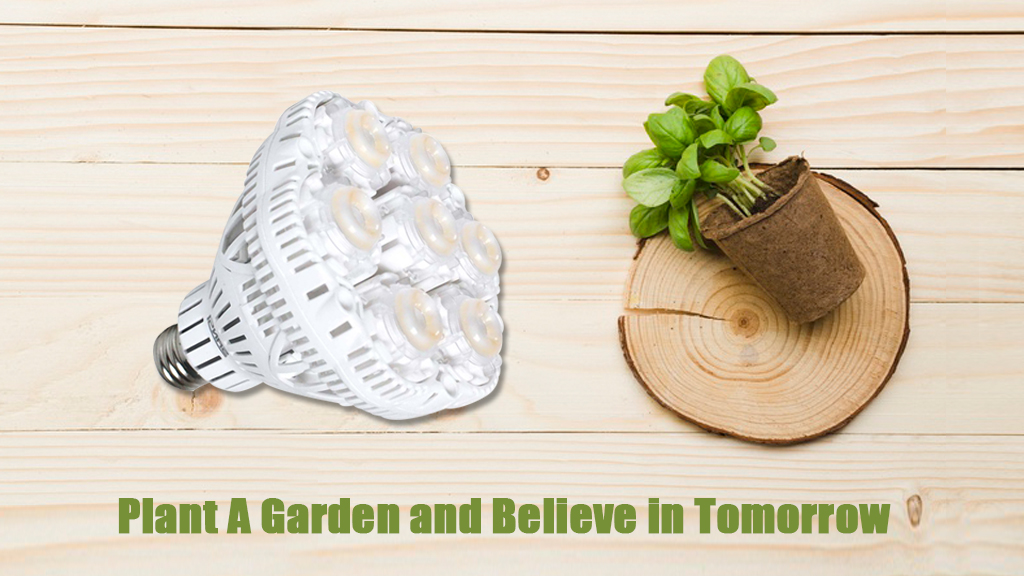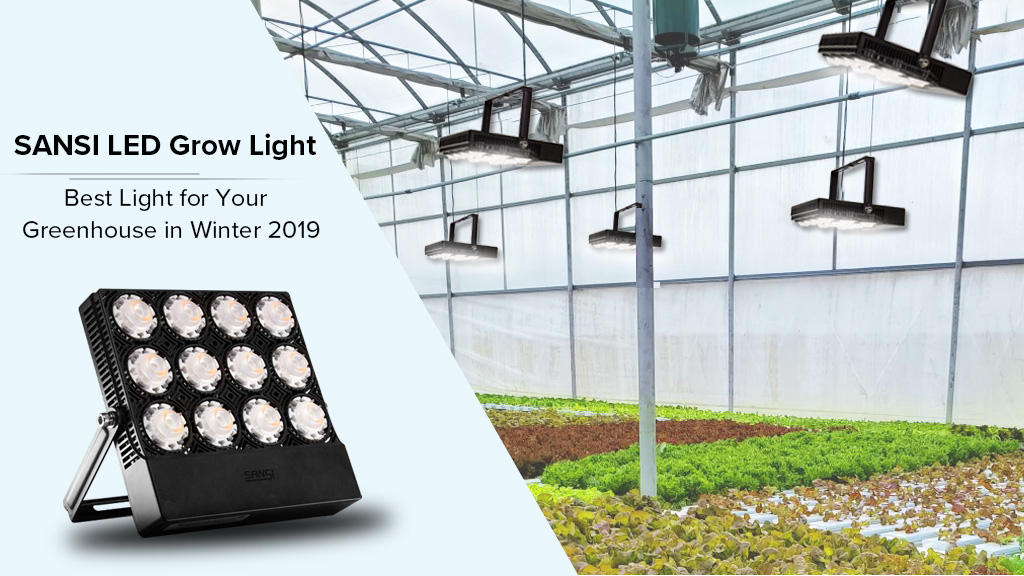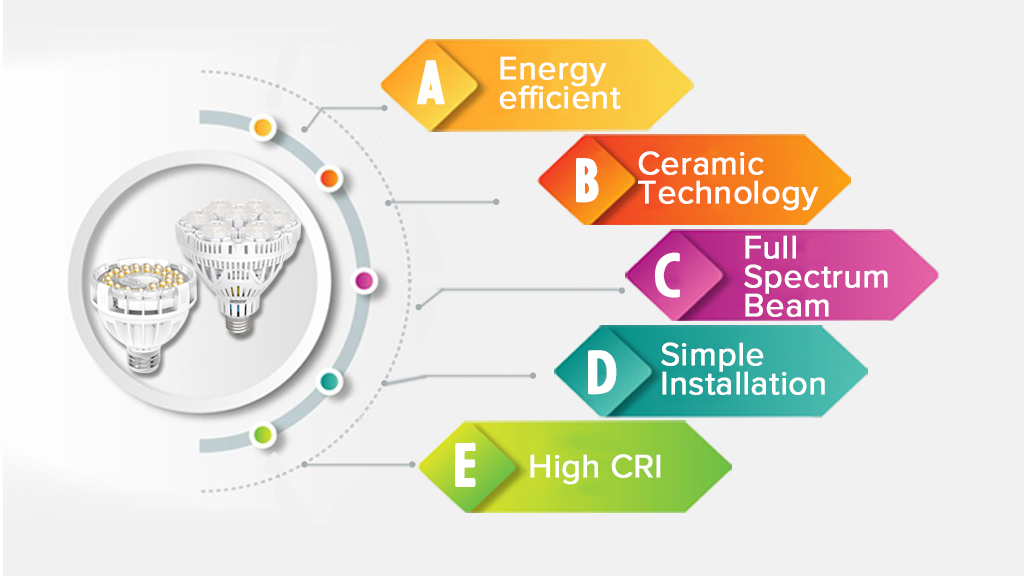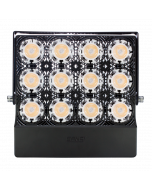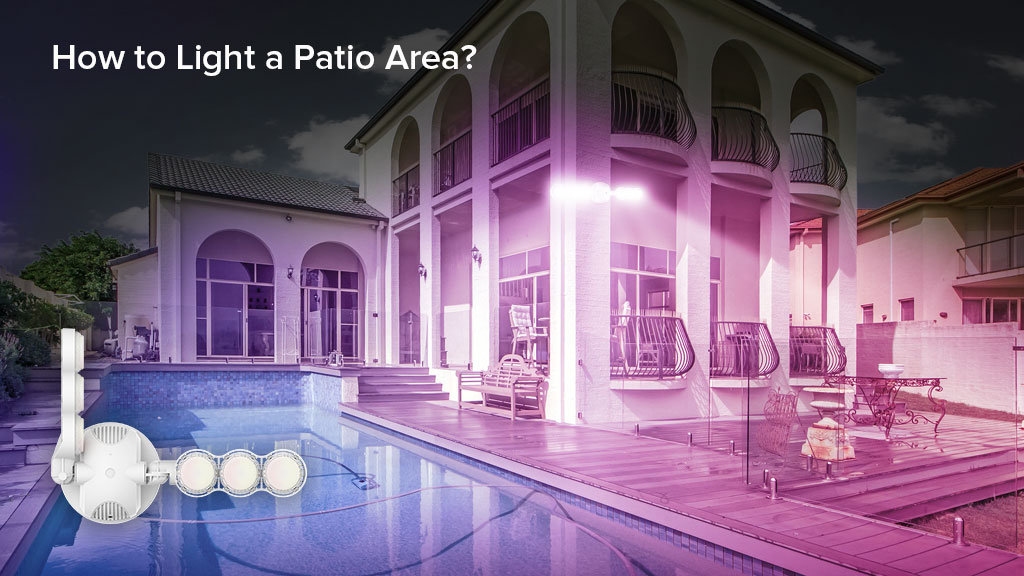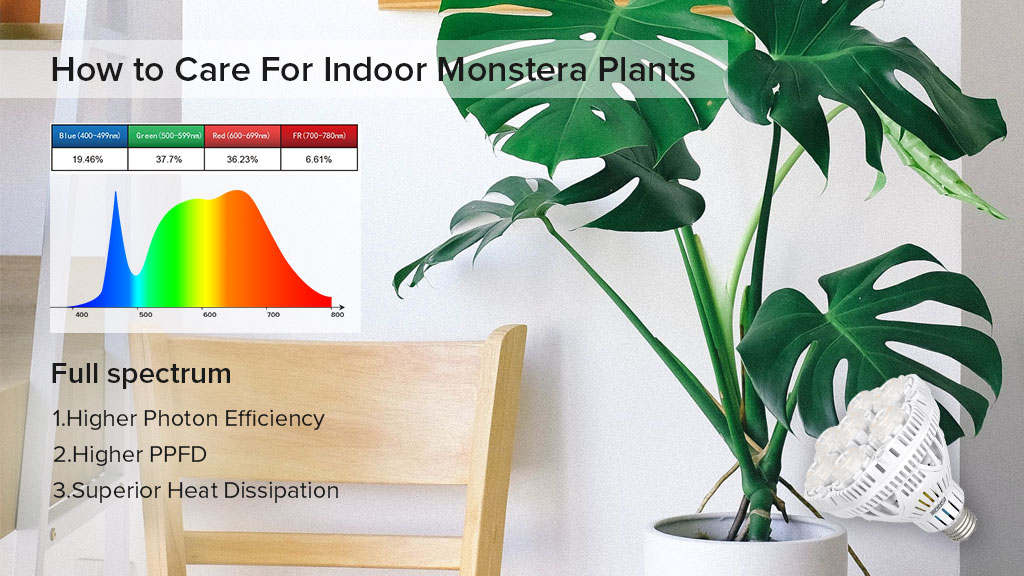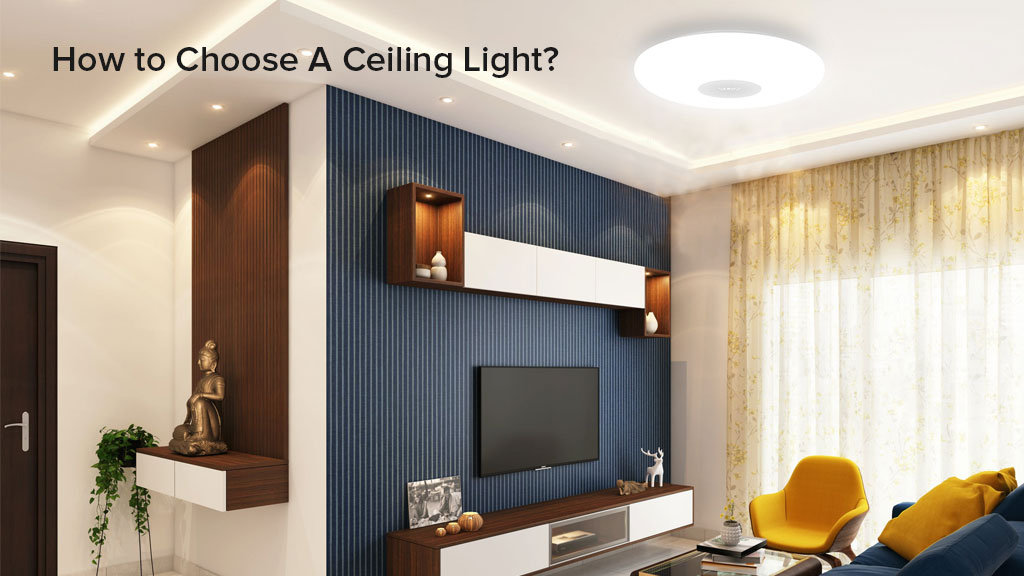How Can A Full spectrum Grow Light Affect Your Plants Grow?
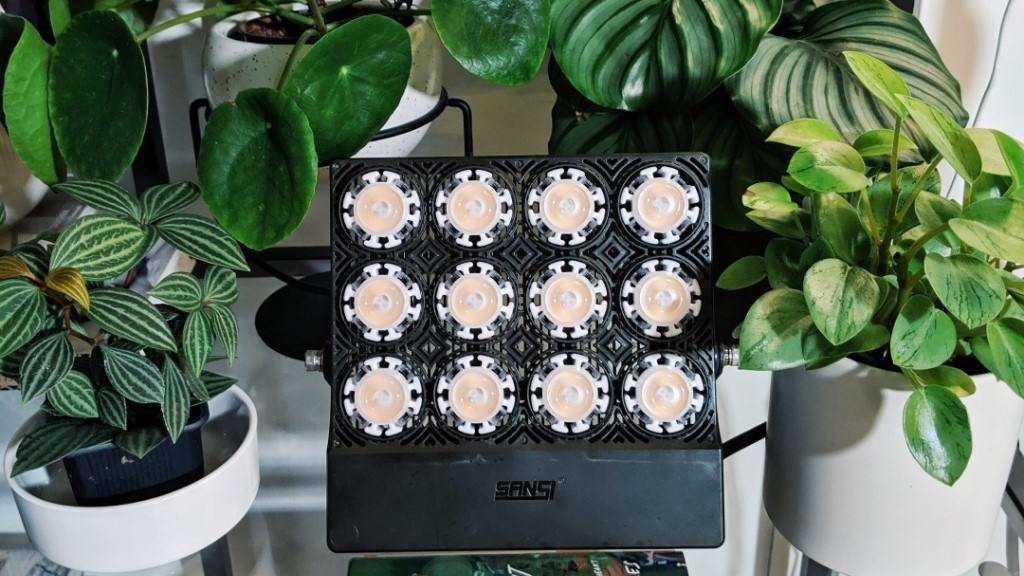
How Can A Full spectrum Grow Light Affect Your Plants Grow?
The term “Full-spectrum” gets thrown around a lot from LED grow light manufacturers, so I thought it would be helpful for everyone involved in growing to find out what full-spectrum lights are and how they can affect your plants grow.
What does Full Spectrum mean?
Full spectrum means that the beam the plant will be receiving will be composed of a wide range of colors from the lighting spectrum in order to promote better growth. Full spectrum beams will appear similar to natural daylight as they’re both made up of various wavelengths producing a white light. The spectrum of a light is incredibly important in the growth of a plant as plants actually react and grow according to the light spectrum they receive. However, when it comes to growing plants the light spectrum can get complicated as there is not a specific light spectrum to grow plants under. Plants simply reacts differently to each lighting spectrum, meaning you need to choose what type of lighting spectrum will suit your needs and goals. It is important to remember that Full spectrum is not a uniform measurement for a light. This means that not all full spectrum lights emit the same beam. But they do all produce beams with varying wavelengths that are best for your plants.


What Does Each Wavelength Do For Plants?
Due to the fact there is no specific color spectrum for growing plants it would be important to see what each of the color spectrums do for the plant so that you know what specifications you would like in order to purchase a spectrum that matches your goals.
Blue Light (400nm-500nm)
Blue light helps plants grow better. As a whole plants grow towards blue light. However, if a plant or seedling has been exposed to a high amount of blue light it will have short stems and a lot of large leaves. Using a light with high blue light levels is common during the vegetative stage of plants grows as it prevents the plant from growing tall and thin.
Red & Far Red Light (660nm &730nm)
Red light anecdotally has been regarded by plants growers as more effective in photosynthesis for plants than blue light. Red light is within the PAR spectrum is incredibly important for plants. This is because Red Light fits with the absorption peak of chlorophylls. The absorption peak of chlorophylls in photosynthesis produces sugars and carbons which are essential for the growth of a plant. Although plants can just be grown under red light it is a better idea to grow plants under a wider spectrum of light. In regards to Far Red light, it is out of the PAR spectrum, however plants do use far red light for seeding germination and within vegetative and flowering stages. For the majority of stages of plant growth, it would be suggested to have a high ration of red: far red light to prevent the stems from growing too much. However, to promote flowering the plant could be exposed to short term high amounts of far red light to increase the plant’s flowering.
Green Light (500nm-600nm)
Green light has a mixed reception in comparison to blue or red light when to comes to full spectrum grows. Lights do have higher ratios of blue and red light due to their efficiency and effects on photosynthesis. However, it is important not to miss out on green light. A plant exposed to a full spectrum beam will reflect back around 5%-10% of green light and the rest is absorbed. Since green light can be transmitted from one leaf to the leaves below, green light photons are crucial to having well balanced leaves and plants. Although it would stunt the growth of a plant to just grow under green light, recent studies in other types of plants have shown that a mixture of red, blue and green has increased the growth of up to 24% over just using red and blue light! Nevertheless, it is important to state that these studies were not conducted on plants. In relation to the study mentioned, I’ve also noticed that if you grow plants under just blue and red light the leaves will appear darker. To me this doesn’t look as attractive and the plant does appear less healthy. However, I would need to look into it further to find out if this is true.
Conclusion of Full Spectrum Grow Lights and Plants Grow
From all of the information regarding different color spectrums it is clear to see why people would like a mixture of light reaching their plants. It is important to have a wide range of colors across the PAR spectrum as well as those not within the spectrum to promote the healthiest plant possible. What is most important to note is that there is no specific spectrum for plants plants. It depends on your strain and your goals. However, the ratio suggested would be to have, far red and green light as the lowest ratios then higher ratios of blue and red for more efficient photosynthesis.
What to look for in an LED Grow Light?
To get a cost effective grow light to help your plants grow and your yield you will need to look out for some features that will make your light worth the investment.
- Heat Dissipation: For indoor grows, especially plants grows the chances are you’re going to be using way more than just 1 light. So you need lights that will be running at lower temperatures in order to prolong the life of your lights and to save you some energy costs.
- Energy Efficiency: Energy efficiency and heat dissipation are intertwined in the lighting world. If your light can produce a powerful beam using less energy you’re onto a winner!
- PPFD: Not too many brands actually present information on this measurement even though it is a critical measurement for growers. You need to look for a consistent measurement taken from various heights in order to show a high μmol/s/m² measurement.
What is the Best Full Spectrum Grow Light?
After looking across Amazon for some smaller scale LED grow lights, I came across the SANSI 70W indoor Grow Light.

First of all, the design of this light stood out to me. The hollow body and the 12 independent heat sinks separated this light from the rest. Each independent heat sink adopts COC technology. COC is chip on ceramic. Meaning that the chips are glue directly onto the ceramic body of the heat sink. This increases the efficiency of the light along with its overall heat dissipation. What else I appreciated about these lights is their simple use and installation. These lights are similar to panels and can easily just be hung above your pants at whatever distance is needed. Making the installation simple and free!
Specifications
|
Power |
Beam |
Beam Angle |
Lifespan |
PPFD |
Warranty |
|
70W |
Full Spectrum |
60° |
50,000 |
187.75μmol/s/m² |
5 years |
Looking deeper into the beam its spectrum. The ratio for this light is 7.4% far red, 36.4% Green, 17.4% blue and 38.8% red respectively. Now these ratios will give you a nice effective white daylight beam. However, what is great about SANSI is they’re open to customizing options to fit their customers. This kind of consideration to their customers is why I can’t recommend them enough to my fellow growers!




